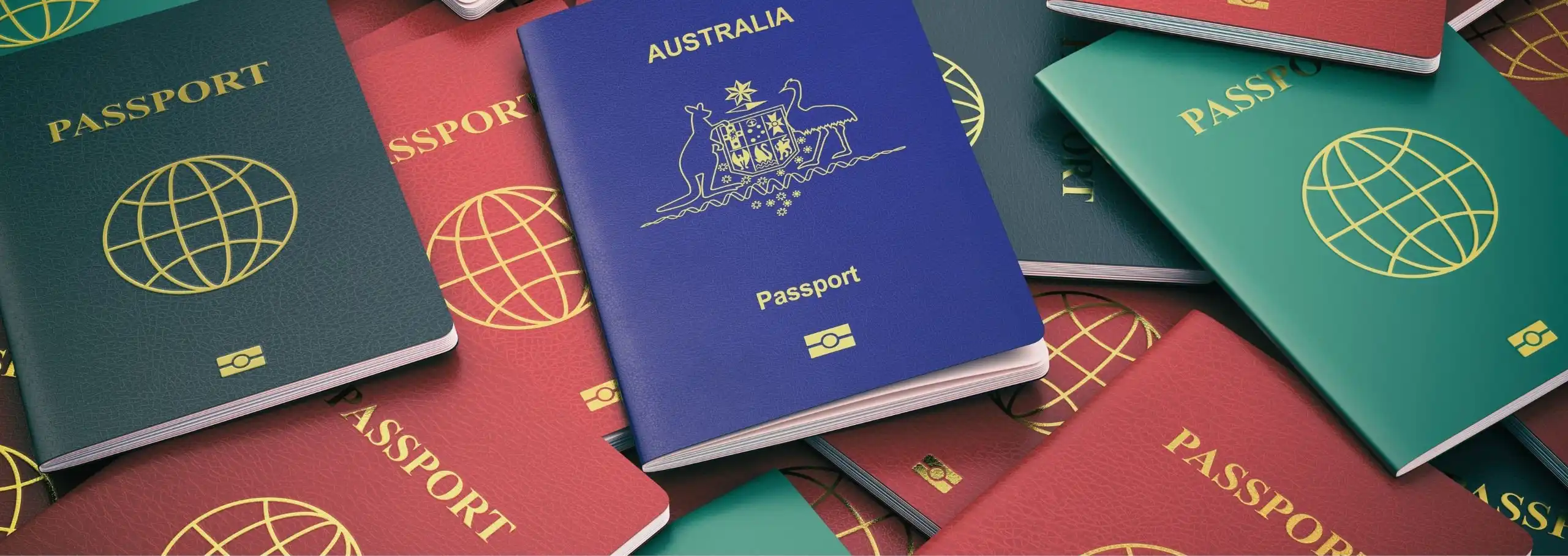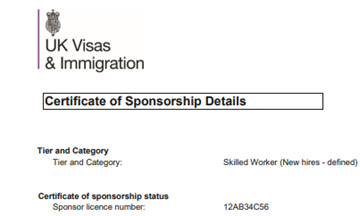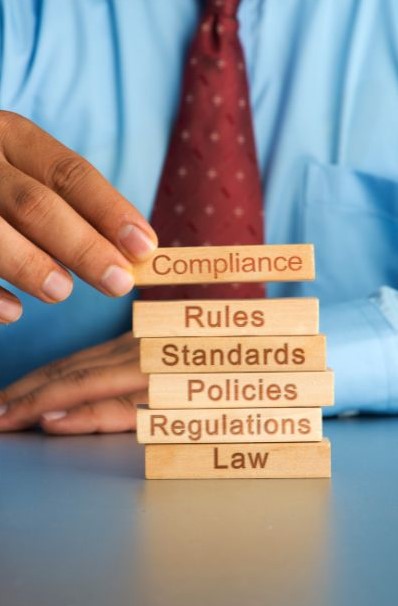Guide to Right to Work Checks in 2025
Navigating UK Right-to-Work Rules: Essential Guidance for UK Employers in 2025

With the recent end of Biometric Residence Permit (BRP) cards and the Home Office’s shift to e-visas for many immigration categories, UK employers must stay updated to ensure compliance with right to work checks. For small and medium-sized businesses (SMEs), navigating these changes can seem complex, but following the rules should be a priority to avoid penalties—up to £60,000 per illegal worker—and potential reputational damage.
This guide breaks down the latest guidance for right to work checks in 2025, helping you understand the process and protect your business.
Types of Right to Work Checks
1. Online Checks for Non-UK/Irish Nationals
For workers with e-visas, EU Settlement Scheme (EUSS) status, or other digital immigration permissions:
- Use the Home Office Online Right to Work Checking Service.
- The prospective employee provides a share code and their date of birth.
- Verify their photo and work eligibility, ensuring it matches their job role.
- Save a copy of the 'profile page' as proof of the check.
- Who Needs an Online Check?
- E-Visa holders (e.g., Skilled Worker Visa).
- Individuals under the EU Settlement Scheme.
- People with immigration status confirmed digitally (e.g., Graduate Visa holders).
2. Manual Checks for UK and Irish Citizens
For UK and Irish nationals, traditional document checks are still accepted:
- Required Documents:
- A valid UK or Irish passport.
- If no passport is available:
- A UK birth or adoption certificate and a document showing their National Insurance (NI) number.
- Steps to Verify:
- Check the document in person.
- Confirm the individual matches the document.
- Record the check date and keep a copy of the document for your records.
3. Digital Verification for UK and Irish Nationals
Government-approved Identity Service Providers (IDSPs) can conduct digital checks for individuals with valid UK or Irish passports or ID cards (Irish nationals). This is optional but can provide a streamlined process, especially if you have multiple locations.
4. Checks for Short-Stay Visa Holders
For employees allowed to stay in the UK for up to six months (e.g., temporary workers):
- Check their physical visa vignette in their passport.
- Validate their identity via a face-to-face meeting.
- Alternative: Use the Employer Checking Service (ECS) for additional verification.
- Retain a copy of the visa and passport for your records.
When to Conduct Right to Work Checks in the UK
To safeguard your business in case it is later discovered that an employee is working illegally, you must conduct the appropriate right-to-work check at the correct time to establish a statutory excuse.
- Conduct all checks before the employee starts work.
- Failure to check in advance could leave your business without a statutory excuse if the employee is later found to be working illegally.
- For employees with limited-time permission to work, you must conduct follow-up checks before their current right to work expires.
- For sponsored workers, ensure their job aligns with the occupation code listed on their Certificate of Sponsorship (CoS).

Using the Home Office Employer Checking Service (ECS)
The Home Office ECS is useful in certain situations, including:
- When the Home Office is processing a worker’s visa.
- If their immigration status is unclear.
- If their work permission is time-limited.
Steps:
- Submit a request via the Employer Checking Service portal.
- Retain the Positive Verification Notice (PVN) as proof that you conducted the check.
Penalties for Non-Compliance
Non-compliance with right to work checks can lead to:
- Fines of up to £60,000 per illegal worker.
- Damage to your business’s reputation, including potential public naming by the Home Office.

Top Tips for Compliance
1. Training is Key
Deliver regular training to ensure your HR team or hiring managers understand the latest right to work requirements and processes, including the Home Office’s move to digital statuses.
2. Maintain Clear Records
- Record the date and method of each check.
- Save copies of all documents or online verification profiles securely.
3. Implement Follow-Up Systems
Set reminders for follow-up checks for employees with limited-time work permissions to avoid gaps in compliance.
4. Stay Updated
Immigration laws and guidance change frequently. Subscribe to Home Office updates or work with an immigration consultancy to stay informed.


Stay Compliant with Confidence
Avoid costly fines and reputational damage by ensuring your right-to-work checks are accurate and timely. Our experts at Immtell provide tailored guidance, training, and mock audits to keep your business fully compliant. Contact us today to safeguard your workforce and your business.
Avoid costly fines and reputational damage by ensuring your right-to-work checks are accurate and timely. Our experts at Immtell provide tailored guidance, training, and mock audits to keep your business fully compliant. Contact us today to safeguard your workforce and your business.






